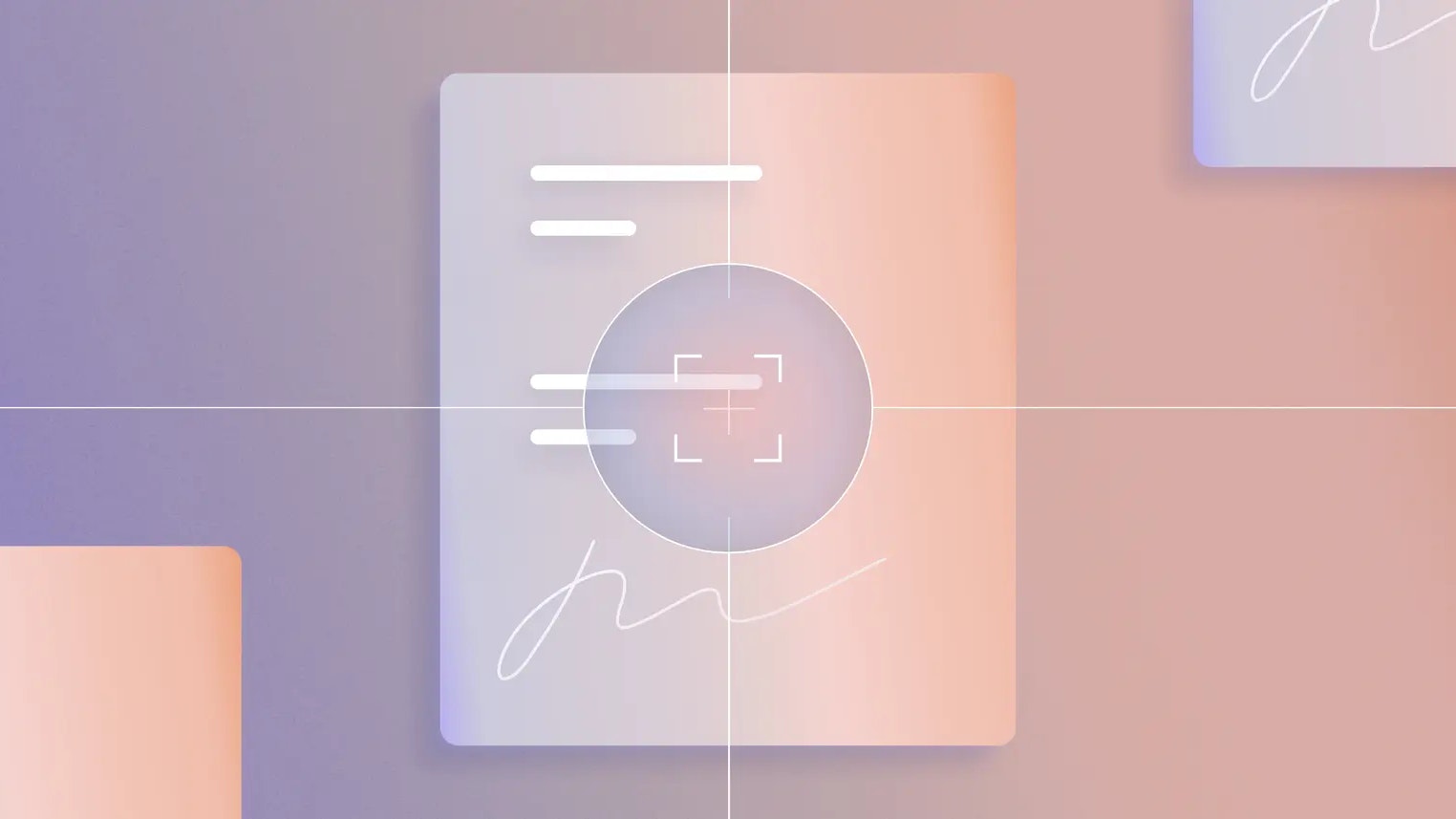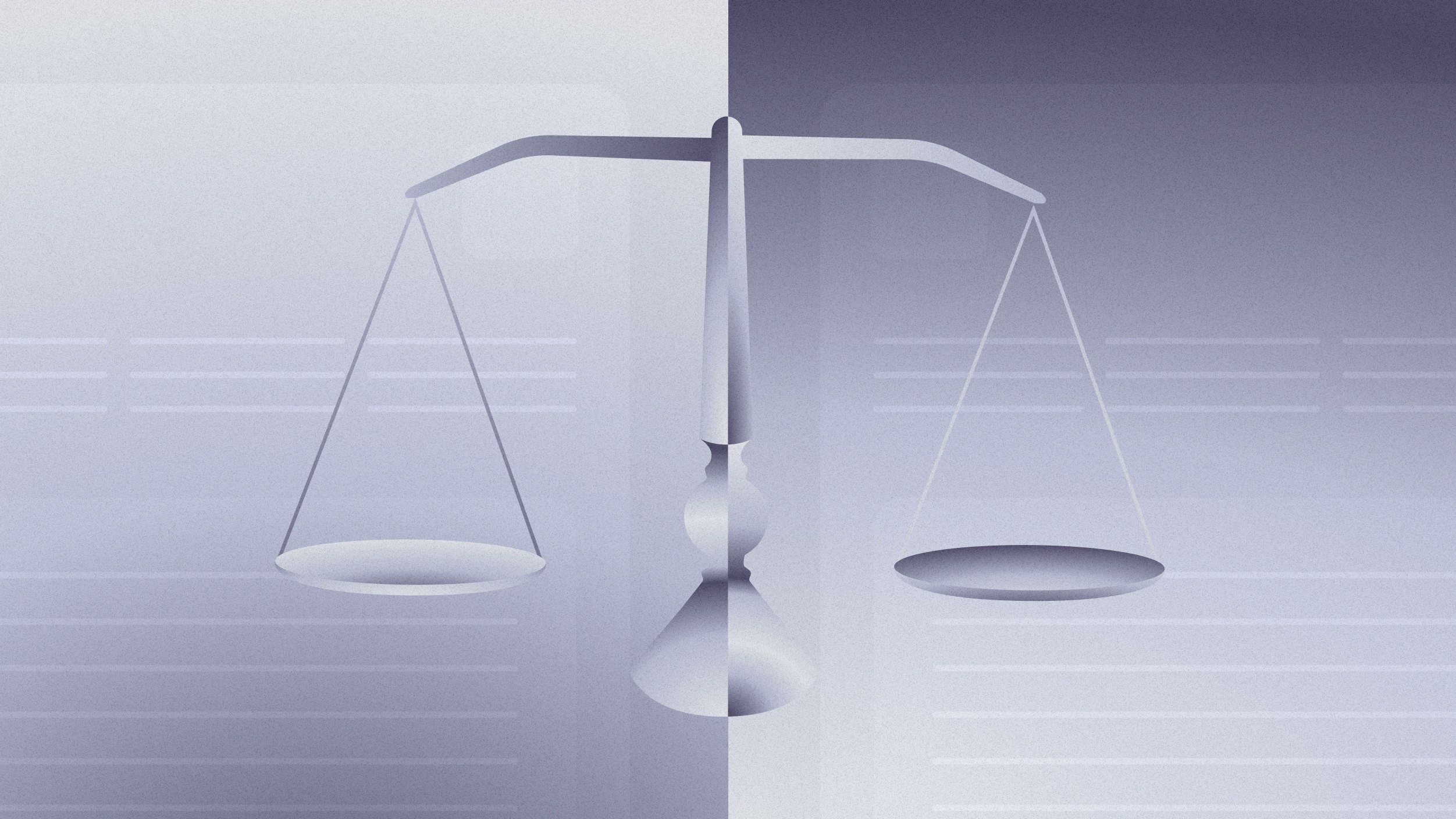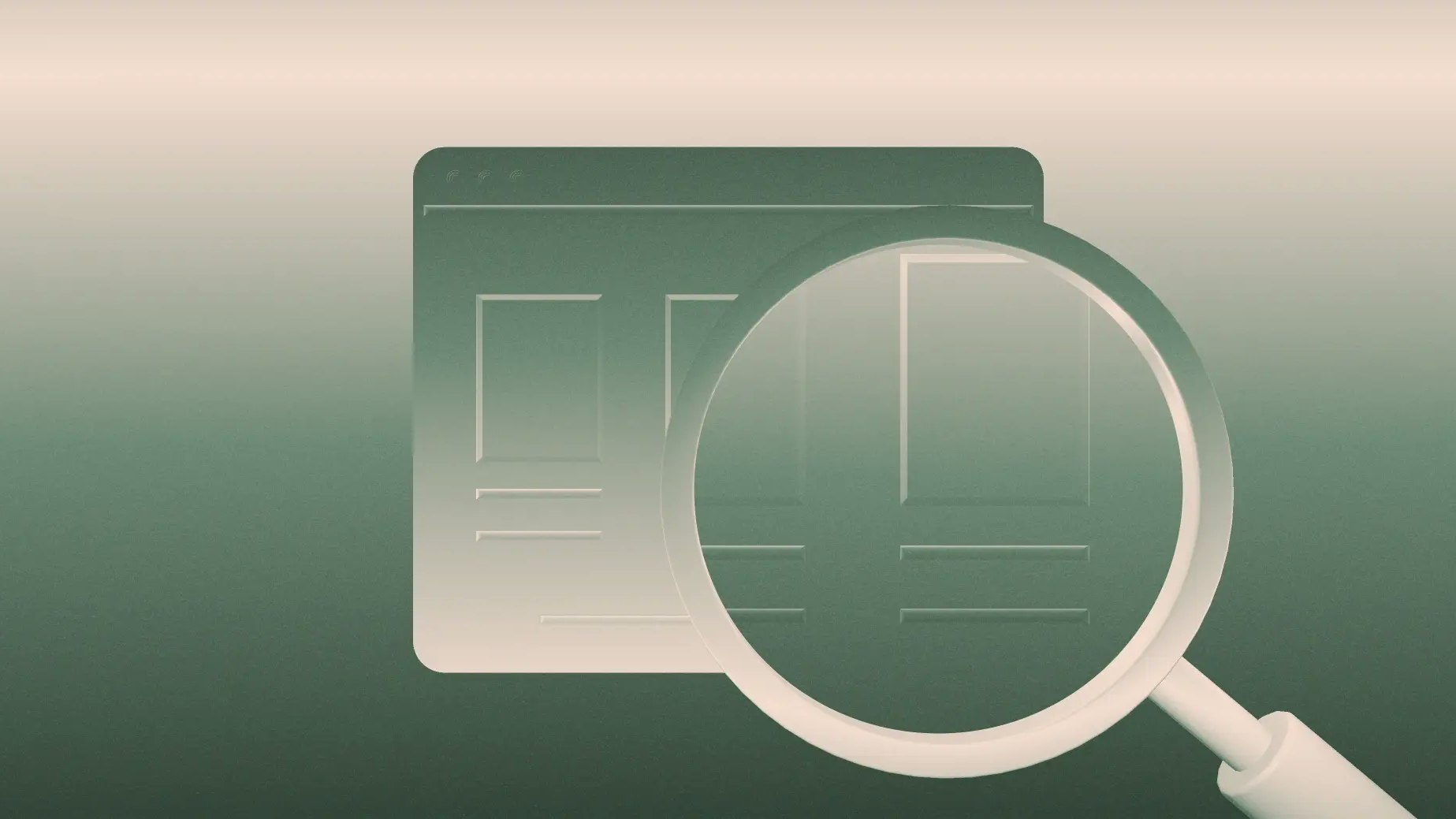How to read and analyze a balance sheet

While operating a business comes with reams of important documents, few are more important than a balance sheet. A balance sheet matters to business owners, investors, and employees, as it provides a straightforward look into the health of a business.
Every balance sheet will vary slightly, depending on the company and the nature of its business — but all contain a standard set of information. The key for business owners is to understand what that information means and how to draw conclusions from it.
What is a balance sheet?
Sometimes called a "statement of financial position," a balance sheet is a financial document that spells out a company's value. It does so by listing all of a company's assets, liabilities, and owners' equity at a specific point in time called the "reporting date." How often a company releases its balance sheet depends on legal requirements and company policy, but generally speaking, that happens on a quarterly or monthly basis.
Along with an income statement and cash flow statement, the balance sheet constitutes an essential component of a company's financial reports.
What is included on a balance sheet?
A balance sheet contains an abundance of information, but the essential part hinges on one formula:
Assets = Liabilities + Equity
The two sides of that equation must balance out — hence the name "balance sheet." In this instance, "assets" refers to the resources used to run the business. The other side of the equation contains financial responsibilities, called liabilities, along with the capital injected into the company and its retained earnings, called equity.
Although this is the most common balance sheet formula, it's not the only way to organize that information. No matter what, though, the two sides of the equation have to balance out.
Balance sheet assets
In the context of a balance sheet, an asset describes anything the company owns that has measurable value. Companies use assets to run the business. If needed, the business could sell an asset for cash through a procedure called liquidation. Assets are commonly listed as positives (+) in a balance sheet and fall into two categories: current assets and non-current assets.
Current assets describe short-term possessions the company will use or turn into cash within a year. Examples include cash, cash equivalents, inventory and accounts receivable. Aside from cash itself, these short-term assets are more easily converted into cash.
Non-current assets describe long-term possessions the company won't turn into cash within a year. They also generally take longer to sell. Non-current assets include land, patents, intellectual property and equipment used in production.
Balance sheet liabilities
Whereas assets describe what a company owns, a liability describes what a company owes. This entails financial and legal commitments owed to outside parties, and thus they're usually indicated as negatives (-) on a balance sheet. Just like assets, liabilities fall into two categories on a balance sheet: current liabilities and non-current liabilities.
Current liabilities describe liabilities the company has to pay within one year. In essence, they're the day-to-day operating expenses. Some examples include rent, payroll, utilities and accounts payable, just to name a few.
Non-current liabilities describe debts or long-term financial obligations owed for a period longer than one year. A few examples include leases, loans and company-issued bonds. These are more like the big-ticket expenses in the background.
Balance sheet owners' equity
Owners' equity, sometimes called shareholders' equity, describes the portion of a company's total value that belongs to business owners after accounting for all liabilities. Owners' equity can fall into a number of different categories, but the two main ones are contributed capital and retained earnings. Contributed capital is the initial money invested for a portion of company ownership. Retained earnings are the accumulated net profits after accounting for dividend payments. The change in retained earnings is typically the net income/(loss) reported on the Income Statement not paid out in one way or another, which then increases the company value.
Founder Tools by Mercury
Our team is continually working with founders to develop helpful tools as they scale their businesses. Check out our template to get started on your balance sheet.

How can you analyze a balance sheet?
How you analyze a balance sheet will depend on why you're doing it. For example, owners, shareholders, and employees all have stakes in a company — but those stakes can look pretty different. There are many ways to dive deep into the data, and each can glean its own insights.
Ratio analysis
One of the main ways to analyze a balance sheet involves the use of ratio analysis. This entails comparing different figures and using those results to dig deeper into a company's performance. Some examples include liquidity ratios (which measure the ability to meet short-term obligations), solvency ratios (which measure the ability to meet long-term obligations), or debt-to-equity ratios (which divide total liabilities by total owners' equity).
Vertical analysis vs. horizontal analysis
Vertical analysis and horizontal analysis allow you to read into a balance sheet in different, but equally enlightening ways. In vertical analysis of a balance sheet, you'd evaluate a line item value as a percentage of total assets. For example: On Apple's Q1 2023 balance sheet, the company's total assets came out to (in millions) $346,747. Its accounts payable came out to (also in millions) $57,918. Expressed as a vertical ratio, accounts payable to assets equals roughly 16.70%.
$57,918 / $346,747 = 0.1670
Horizontal analysis, on the other hand, involves comparison of the same line item in different time periods to identify patterns and trends. For example, in that same balance sheet, Apple's total assets (all numbers in millions here, too) were $346,747 on Dec. 31, 2022, and $352,755 on Sep. 24, 2022.
- Total assets
- Absolute change: $346,747 - $352,755 = - $6,008
- Percent change: -1.7%
Total assets is just one example, and this compares only two quarters. It goes without saying that Apple hasn't fallen apart as an enterprise since the end of 2022 — especially after seeing its Q1 2024 numbers.
What can be learned from balance sheets?
Balance sheets offer a concise overview of a company's assets and liabilities and how they're related. They provide the financial building blocks that indicate a company's health. Most importantly, those building blocks are useful for financial ratios that can provide further insights into a company's competitiveness in its industry, if it's taking on too much debt, or more general trend lines over time. For large companies, it's common for balance sheet review on a quarterly basis.
However you choose to dice up that data will depend on what you're looking to learn, but a basic understanding of what's on a balance sheet and how to read that data is essential for any business owner.
To learn how to build a balance from scratch, read on for our guide.
Related reads

Should you launch on eBay? A viability checklist by product category

The 8 most common inventory mistakes (and how to fix them)

What your first consulting retainer agreement should cover — but often doesn’t
